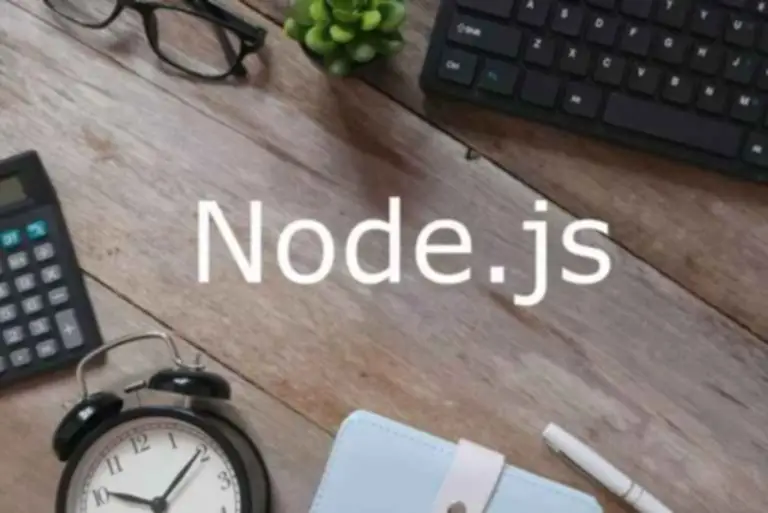This outdated knowledge could result in the dissemination of incorrect or incomplete information, demonstrating the important want for regular updates to maintain the mannequin present and dependable. However while LLMs are extremely powerful, their capability to generate humanlike text can invite us to falsely credit score them with different human capabilities, resulting in misapplications of the technology. In conclusion, while Massive Language Fashions represent a outstanding leap in artificial intelligence, they do not seem to be without their downsides. The issues ranging from ethical dilemmas to environmental impacts highlight the need for careful consideration and accountable use of these technologies. As we proceed to integrate LLMs into varied elements AI Robotics of our lives, we must tackle these challenges, ensuring their improvement and deployment align with societal values and sustainable practices. The way forward for LLMs holds nice potential, but it additionally demands vigilance and considerate engagement from all stakeholders concerned.

This example underscores the potential for LLMs to be used maliciously, making it challenging to discern fact from fiction. The lack of accountability in using these fashions additional complicates the ethical panorama. As LLMs turn into extra refined, the line between actual and synthetic content material blurs, elevating questions about authenticity, trust, and the integrity of information. This systematic evaluation underscores the expanding function of LLMs in clinical medication, highlighting their potential to revolutionize medical diagnostics, education, and affected person care. Whereas their purposes are diverse, important challenges stay, together with the necessity for standardized analysis frameworks, attention to moral concerns, and the underrepresentation of high-priority medical specialties.
Generative Ai And Llm-based Apps Limitation #3: Multimodal Capabilities
Not only can these next-token prediction capabilities be used to generate great textual content on your chatbot or advertising copy, however they can be used to enable automated decision-making within your utility. Given cleverly constructed prompts that contain a problem assertion and information about APIs (“functions”) that may be called, an LLM’s understanding of language will enable it to generate a solution that explains what “function” ought to be referred to as. For example, on a conversational climate app, a person could ask, “Do I want a rain jacket if I’m going to Fenway Park tonight? ” With some intelligent prompting, an LLM may extract the placement knowledge from the question (Boston, MA) and may determine how a request to the Climate.com Precipitation API might be formulated. LLMs aren’t all the time correct or dependable, as they’ll produce errors and misleading info based mostly on patterns in their training information. Furthermore, outdated or incomplete coaching data can hinder the model’s capability to keep up with evolving language patterns and new developments in various fields.

Addressing these challenges through interdisciplinary collaboration and sturdy governance might be essential for the accountable deployment of LLMs. Future analysis should focus on enhancing model interpretability, tailoring evaluations to scientific complexities, and addressing disparities in specialty-specific purposes. By aligning technological developments with scientific needs, LLMs can drive significant improvements in healthcare outcomes. This type of data encompasses textual content, pictures, audio, and video—areas the place LLMs can really showcase their prowess. For instance, in natural language processing, content creation, and picture era, LLMs can produce remarkable results that often surpass human capabilities. Understanding this strength may help users maximize the potential of LLMs in the right contexts.
Output Quality And Transparency Limitations
- Advanced chatbots similar to ChatGPT and Google Gemini have been shown to hallucinate in a number of instances.
- To compute the cosine similarity, we should first determine how usually the lemmatized words occur in every set.
- As we go, we will also survey approaches to include additional intelligence into brokers – be they fictive octopusses or LLMs – which are originally solely skilled from the surface form of language.
- It is technically possible to apply the tactic on knowledge from other collaborating faculties, however we would have to consider them one after the other due to attainable curricular differences.
- They are used in various purposes, from chatbots and content material creation to knowledge evaluation and language translation.
As we delve into the nuances of these fashions, it’s essential to critically examine their capabilities and limitations to harness their potential responsibly. We propose in this manuscript a seven-step method to automate the construction of personalized feedback. We chose to make use of ChatGPT four.zero, developed by OpenAI and available at the time of writing as a subscription-based service on OpenAI’s web site 12.
Language models are skilled on diverse datasets, which can comprise biases present in the knowledge sources, which is likely one of the major concerns in LLMs ethics. This can lead to biased outputs or discriminatory habits by the model, perpetuating societal biases and inequalities. For example, research showed that LLMs significantly over-represent youthful users, notably folks from developed countries and English audio system. LLMs’ effectiveness is limited in phrases of addressing enterprise-specific challenges that require domain expertise or entry to proprietary knowledge. It could lack data about a company’s inside techniques, processes, or industry-specific laws, making it less llm structure appropriate for tackling advanced points distinctive to a company. The high quality of LLMs’ responses is closely depending on their training, which might be outdated, and the questions posed to them.
At the floor, LLMs are in a place to in truth mirror plenty of true details in regards to the world. Nonetheless, their data is proscribed to ideas and facts that they explicitly encountered in the coaching data. For instance, it would miss domain-specific data that is required for commercial use instances. Since language models lack a notion of temporal context, they can’t work with dynamic info corresponding to the current climate, stock prices or even today’s date.

Giant Language Fashions (LLMs) similar to ChatGPT have turn into indispensable to Artificial Intelligence (AI) know-how, providing unparalleled capabilities throughout many industries. Nevertheless, it’s important to acknowledge that these fashions include certain limitations, and to harness their full potential whereas mitigating the dangers; one must completely perceive their greatest strengths and limitations. They have issue understanding cause-and-effect relationships, performing complicated reasoning, and enhancing their capabilities with out human intervention. Whereas LLMs have their limitations, the emergence of Large Motion Fashions (LAMs) presents a promising answer.
Most LLMs have a most token limit, which restricts the quantity of text they’ll course of in a single occasion. This limitation can be a significant downside for duties that require processing massive documents or producing lengthy responses. Customers often want to search out creative solutions to work inside these constraints, such as https://www.globalcloudteam.com/ breaking down giant texts into smaller, more manageable chunks. Whereas LLMs can generate insights and automate tasks, experts must verify and contextualize their outputs, particularly in high-stakes environments. In fields like healthcare, finance, and engineering, exact reasoning is essential, and LLMs’ shortcomings may result in harmful errors.
Our experiment in developing personalized feedback in the form of studying guides confirmed that while we’ve enough data to provide precise MeSH term-based suggestions for clusters 0, 1 and 3, this is not the case for cluster 2 and cluster four. Cluster 2 encompasses college students near commencement who did not complete the whole PTM, while cluster four contains college students who did not reply sufficient questions or are considered non-serious test-takers, who answer the questions randomly. In the case of clusters 2 and 4, we would not have sufficient historical past to arrange the suggestions.
Every linked question may connect to extra matters, offering college students with opportunities to broaden their knowledge, significantly in areas where they struggled to reply accurately. In particular, we discovered it fascinating to explore to what extent knowing the reply to a given question A may be a precondition to understanding the reply of a different question B. On a conceptual stage, precursor questions may also be seen as a concrete implementation of the notion of surmise question posited by Doignon and Falmagne 16, albeit based mostly totally on operational needs somewhat than on theoretical considerations.
Their utility stems from training on vast code repositories, equipping them to understand widespread programming patterns and practices. Agile Loop uses LAMs of their exploration agent, which autonomously explores and learns software performance by interacting with it. These LAMs are utilized by enabling lively interplay with environments, which improves causal inference and logical deduction. LAMs can autonomously explore software program, collect advanced information, and self-improve while not having fixed human intervention, addressing the shortcomings of conventional LLMs. This reliance on human oversight makes it challenging for LLMs to adapt to new tasks or environments on their own. It additionally means their enhancements are incremental and infrequently lag behind real-world developments.
